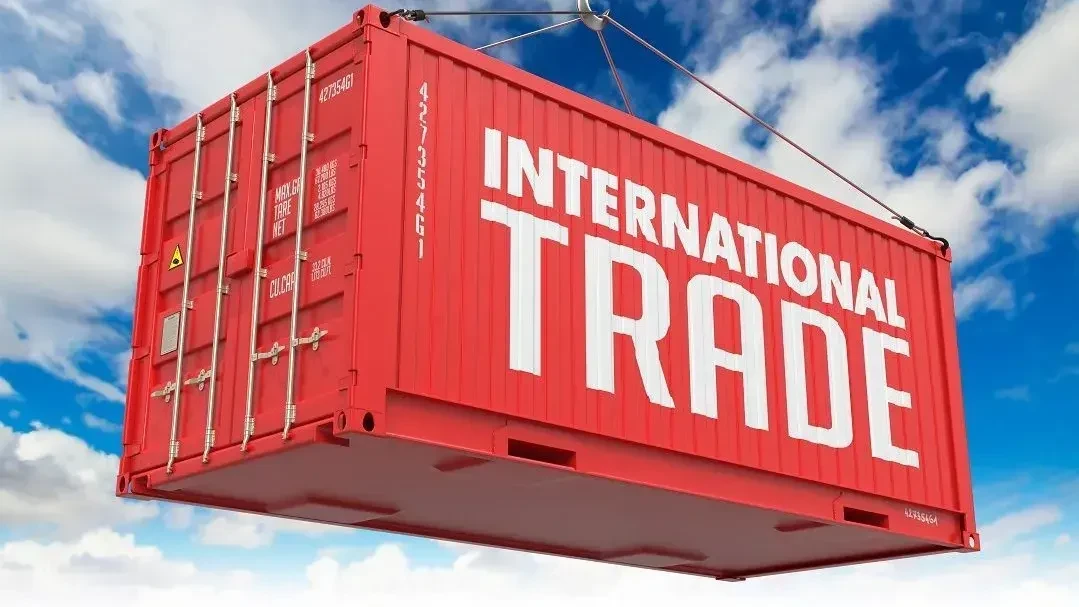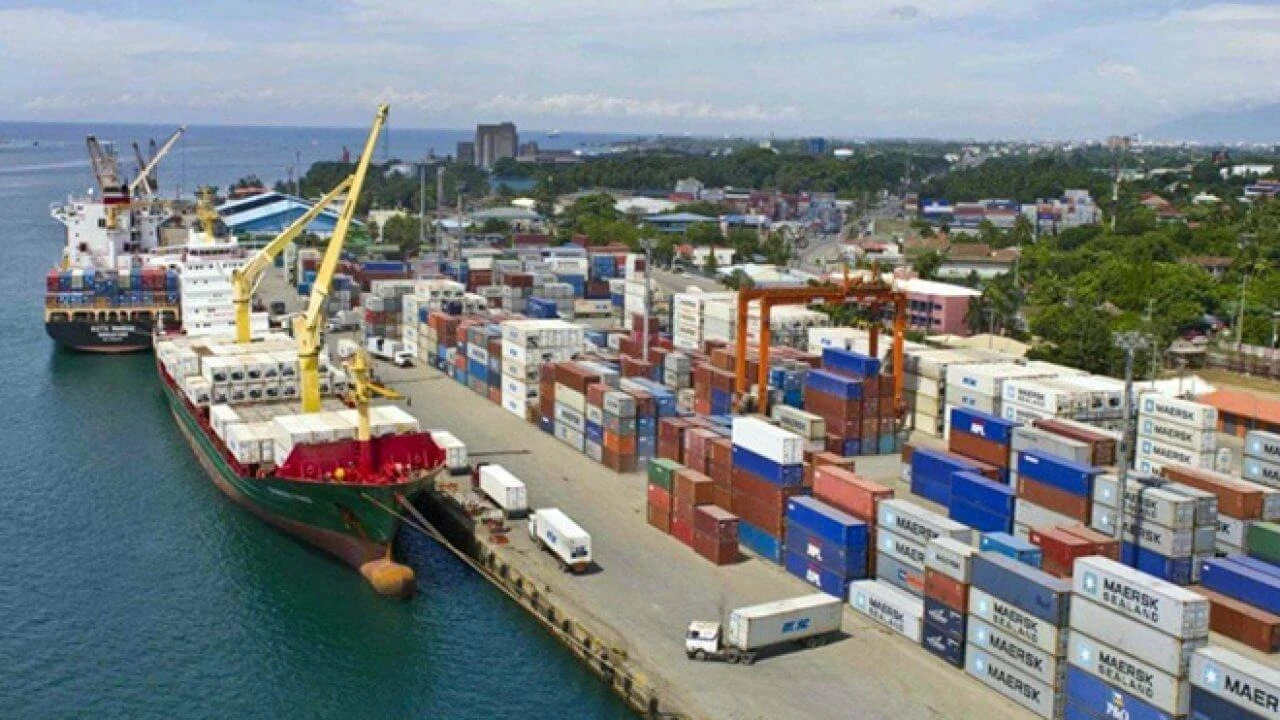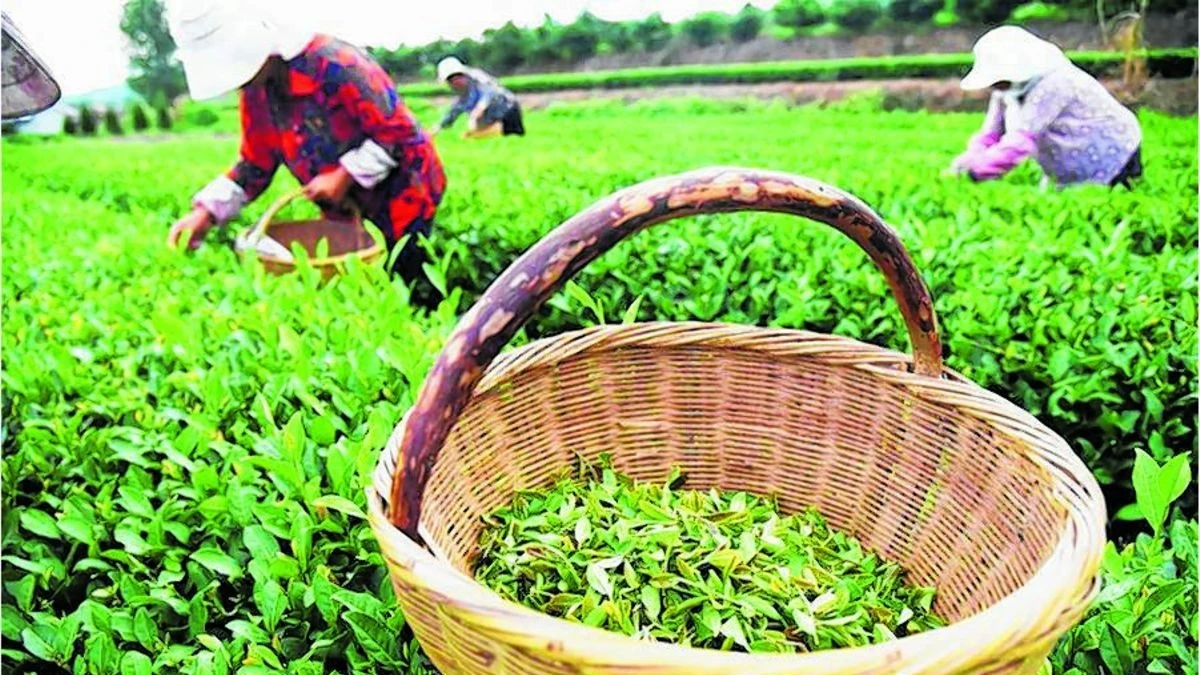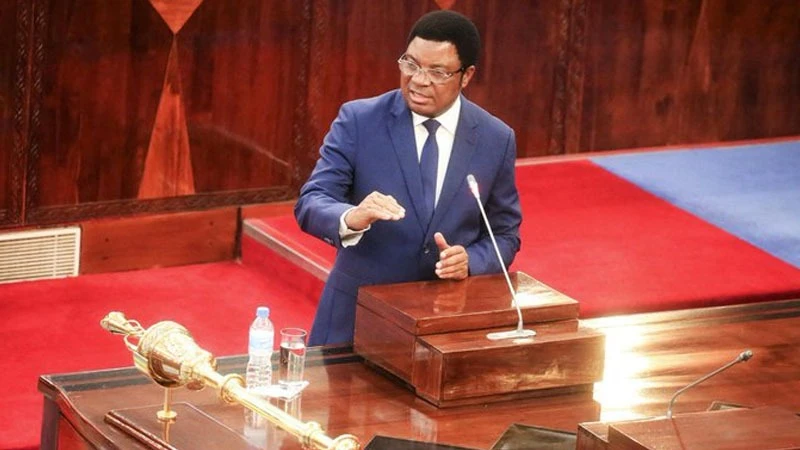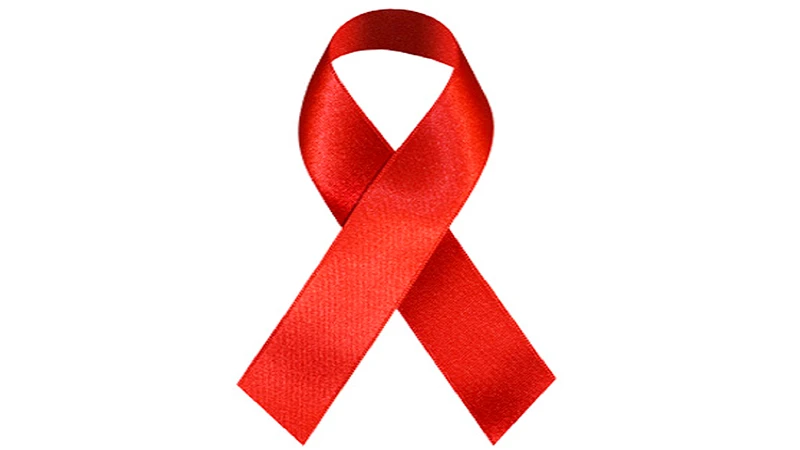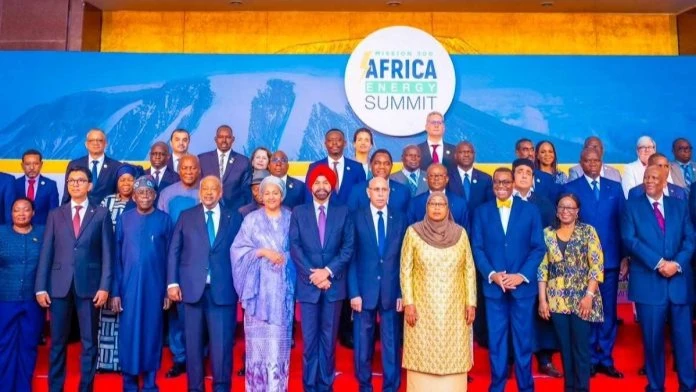Recurrence of Marburg in Kagera shows severe regional health risks
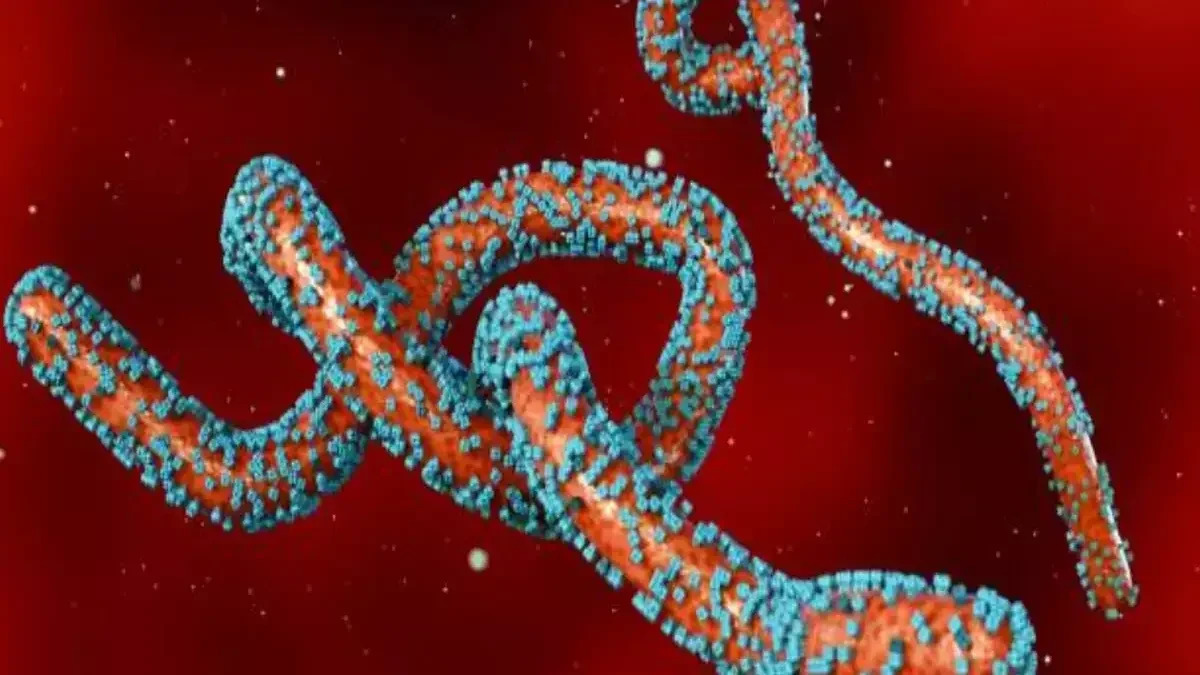
FRANTIC efforts are being put up in the Ministry of Health as the government works to get to the bottom of recurrence of Marburg cases in Kagera Region, more than 12 months after an earlier outbreak was declared to be contained. This was the view coming from well-placed officials at the ministry, where a regular spokesperson said in an interview that health authorities were intensifying efforts to investigate the outbreak. They’re doing it again.
There is an equally frantic effort to see to it that fall-back measures and precautions put up in the past are dusted and stand in place, as it can’t be admitted too hastily that border activity was at ‘business as usual’ format, as it would not be helpful to keep people at far off points without any visible alarm. Now all this is back, even with a vengeance, and health officialdom as well as the people were far too shocked to talk of it. Going back to a plague is the least anyone can expect, but there is no done deal in matters of epidemics, anywhere.
Early reports circulated by the World Health Organisation (WHO) indicated that eight people had died in the suspected outbreak, that it was unmistakably the Marburg virus disease. The WHO leadership was in a clear manner especially careful with that information, as the Tuesday statement was signed by the agency’s director general and issued through an East African Community liaison office at its Arusha secretariat. That is how the news was brought into global and regional media attention, with Health ministry corridors silent.
While an information official at the ministry hinted at government efforts to investigate the situation and avail detailed public information at that stage, it is possible it also involves extensive logistics consultations as well. Still this information or investigation part is crucial, as being aware of the circumstances of exposure enables policy advisers to draw a picture of the scale of danger. It is vital to get a clear view for crucial measures having realistic targets.
The shock of that announcement was one thing but the difficulty lay in the manner of follow-up that could be expected, as ability for the media to liaise with official channels was limited. It would require that those in charge of the situation are proactive on the situation, but there are a range of outlays at stake which risk being disrupted by excessive fears on the situation. News management has a pivotal option of clarity as well as a risk-averse option of silence, definitely.
Thus what can be called ‘deafening silence’ ion the matter doesn’t imply that officialdom is inactive; far from it, as often the best way to take up a difficult issue is when one has the upper hand. That allows one to talk about it more or less in the past, or affirmatively holding back sources of danger. It is hence not just an issue of some additional information and updates being made available such that details of the situation are provided through official channels, etc.
t is strategically not just the situation that needs to be explained to the public but being able to say with assurance that public authorities have an upper hand on the situation, in a plausible manner. In the far off past it was up to the country to make a statement on what is indeed happening, while in the 5G global village it is easy to be upstaged both in the formal announcement as well as in the details. This situation similarly puts to a test an information ecology that hinges on happy news; it then has a tough task to take up bad news.
Top Headlines
© 2025 IPPMEDIA.COM. ALL RIGHTS RESERVED






